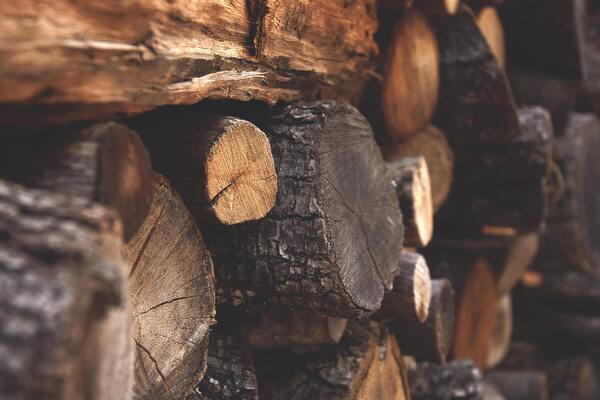Advice
The interesting history of High Wycombe chair making
Monday, April 25, 2022

An introduction to the history of chair making in High Wycombe
When you look at the town of High Wycombe today, you may not be aware of the rich history the town has in the furniture-making business and, in particular, chair making. High Wycombe, however, was once incredibly famous for chairmakers - known as turners - who had the ability to create and send out beautiful chairs in record time. Many of the disused factories in High Wycombe today were once home to chair making teams. The earliest records of the Windsor chair appears in church records in 1732. This month, RBF take a look at the history of High Wycombe chair making and what happened to this popular industry.
During the 1700s, many chairmakers lived in the town that is now known as High Wycombe, with many more living in neighbouring parishes. Among these early chairmakers, William Treacher was known for his fancy chairs. Focusing on creating chair pieces from the local woodland, these pieces were manufactured before being sent to London, where the frames were put together to be sold. Within 50 years, however, landowners made premises available to take on the creation of the chair pieces as well as the chair frames so the projects could be housed under one town roof.
The use of Chiltern Hills wood for chair making
During the 1800s, the chair making trade grew from strength to strength, and by 1860, the number of workshops around the town had grown to 150, with an estimated output of 4700 chairs per day! High Wycombe and the surrounding areas became the largest producer of chairs in the country, and this grew the population and the economy.
One of the most beautiful parts of the surrounding Chiltern Hills is the abundance of trees and wood types. During the 19th Century, this wood came in very useful to local wood artisans, known as bodgers, who would use the local wood from the Chiltern Hills to create beautiful chairs. Often purchasing stands of trees from auction houses that were then felled and converted into chair pieces, bodgers worked in sheds close to their homes and used manual tools to create the desired effect.
The Chiltern Hills timber used for crafting chairs:
- Beech
- Elm
- Cherry
- Yew
- Ash
High Wycombe Chair Museum
Nestled in High Wycombe, you will find the High Wycombe Chair Museum, holding all the history of furniture making throughout the town since its humble beginnings. Here you will learn more about the history of the town and its connection to furniture-making, as well as be able to view the early chair types, including the Windsor chair. This museum has a curation of photos, art pieces, and information about families related to High Wycombe's chair-making history. Set in a beautiful grade II listed building and surrounded by gardens where you can take your family to run off some steam, this museum is worth a visit.
The decline in High Wycombe chair making
After the war, many furniture making companies saw frustrating changes, including the utility scheme, which was set to last ten years. Although the demand for domestic furniture and chairs was on the rise, fuel and materials had a supply issue. This left factories having to follow the utility range for chair making. Although the shortages and controls lifted eventually, furniture workers were depleted, and many companies were forced to relocate due to the rising housing prices in the local area. This was due to London companies initially moving to High Wycombe during the war and giving the market a considerable boost.
Although there were still furniture companies within High Wycombe, many were now located in the surrounding villages, including Stokenchurch. With advances in machinery and wood treatment, fewer employees were needed to offer the same output, and employment steadily fell throughout the 1990s. Buckinghamshire New University, based in High Wycombe, still has strong links with furniture making and timber work and has gained an excellent reputation for training with woodwork.
This may also interest you:
Choosing the right office chair for your physical and mental health
The environmental benefits of using secondhand office pieces
Ergonomic furniture from RBF is the only way forward in 2022
Recycled Business Furniture offers chairs a new lease of life
From ancient beginnings to functional and practical design, chair making has seen massive changes since the rise of High Wycombe furniture factories. Whilst Recycled Business Furniture does not make its own chairs, we are proud of being able to give secondhand office furniture a new lease of life. Our vast showroom based in High Wycombe offers businesses and domestic clients the chance to find their perfect office furniture for a fraction of its retail price.
Whether you are looking to revamp your office or you need to purchase a new set of chairs for your boardroom, you are sure to find everything you are looking for at Recycled Business Furniture. Give us a call today and book an appointment to come and find your perfect recycled office furniture.